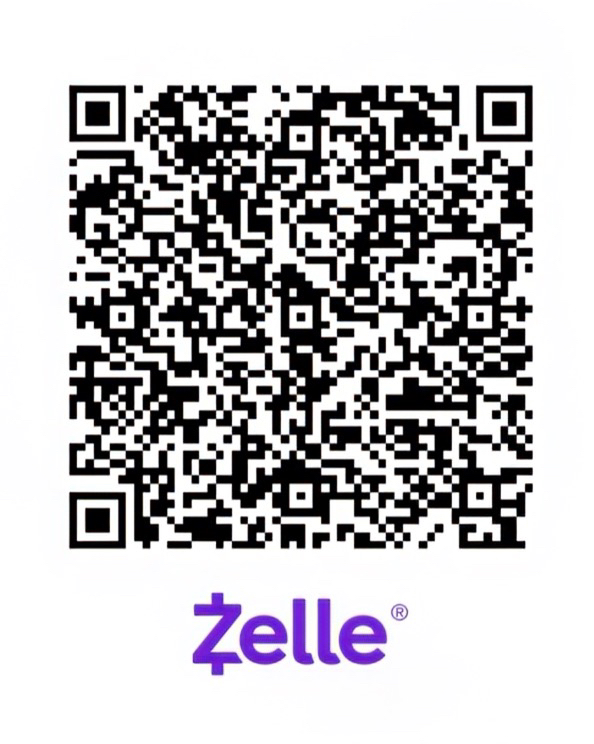Report a Bug
Thanks for your help!
Your feedback has been sent to our team.
- Curry School of Education
- Education-Curriculum, Instruction, & Special Ed
-
EDIS 5425
Teaching Writing
Rating—
Difficulty—
GPA3.88
Last TaughtSpring 2026
This course examines writing development, assessment, and instruction that supports diverse learners. Participants will learn how to teach the domains of composing, written expression and mechanics. Participants will learn how to move through the writing process and provide instruction on planning, drafting, revising, and sharing a final product. This course explores narrative, descriptive, and explanative modes of written expression
-
EDIS 5428
ESL Methods PreK-12
Rating—
Difficulty—
GPA3.85
Last TaughtSpring 2026
This course is designed for current and future teachers seeking to learn how to instruct English learners. Students will explore the WIDA Essential Actions and ELD Standards, learn about various current and historical ESL instructional models, and will consider how the four language skills are taught within classrooms to ELs. Students will also learn about collaborative practice as ESL teachers working with grade-level or content-area teachers.
-
EDIS 5451
Teaching Mathematics in Secondary School II
Rating—
Difficulty—
GPA3.78
Last TaughtSpring 2026
This course is a continuation of EDIS 5450, with a greater emphasis on instructional strategies and use of technology.
-
EDIS 5470
ESL Assessment and Curriculum Design
Rating—
Difficulty—
GPA3.91
Last TaughtSpring 2026
The purpose of this course is to prepare teachers to work with students (K-12) for whom English is not their native language. Work will include examining instruments used to assess English proficiency and the interpretation of those assessments. The curriculum design aspect of the course will be based on a differentiation model and will include methods aimed at helping students gain English language skills necessary for success in general content areas. Discussions will include topics such as cultural differences in personal interactions, strategies for working with families, and effective strategies for facilitating the learning of English by speakers of other languages and dialects. Practical experience will be gained through observations and fieldwork in public schools. Projects will be assigned according to the age-level with which the teacher hopes to work.
-
EDIS 5481
Dual Language Methods
Rating—
Difficulty—
GPA—
Last TaughtSpring 2026
This course focuses on dual-language curriculum and instructional methods. Students will learn to serve multilingual students/families in culturally responsive ways aligned with SLA principles. It includes exploration of WIDA, and Virginia's SOLs and Early Learning & Development Standards. Students may also complete a dual-language practicum for endorsement.
-
EDIS 5601
Teaching Social Studies in the Secondary School II
Rating—
Difficulty—
GPA3.86
Last TaughtSpring 2026
A comprehensive overview of planning, implementing, and assessing social studies learning experiences in grades 6-12. Emphasis is placed on the relationship between educational theory and practical teaching techniques for the seccondary social studies classroom. This second course in the social studies methods sequence examines the following areas of socal studies education: assessment and grading; teaching government and civics; psychology; sociology; and economics. Prerequisite: EDIS 5600.
-
EDIS 5710
Reading and Writing Across the Content Areas
Rating3.28
Difficulty2.50
GPA3.86
Last TaughtSpring 2026
This course explores how students' language, experiences, and literacy development play a role in learning content material. Participants explore the nature and meaning of content literacy and what it means to learn through texts. Theoretical and foundational considerations will frame the exploration, modeling, and instructional practice of comprehension, academic and content vocabulary, and writing to learn strategies.
-
EDIS 5770
Social, Emotional, and Counseling Issues in Talent Development
Rating—
Difficulty—
GPA3.88
Last TaughtSpring 2026
Designed for teachers, administrators, parents, and others who work to develop talent in diverse high potential learners. Investigates the social and emotional development and counseling issues of preK-12 learners, implications of similarities/differences between gifted and other students, characteristics of positive learning environments, and evidence-based strategies to support students in a variety of contexts.
-
EDIS 5820
Assessment Of and For Learning
Rating1.00
Difficulty4.00
GPA3.70
Last TaughtSpring 2026
This course is designed for teachers seeking initial certification. This course provides pre-service teachers with foundational knowledge of classroom assessment and data literacy, including types of assessment, assessment design and quality, and interpretation and use of assessment data. Students enrolling in this course must have successfully completed EDIS 5025 or a similar curriculum and instruction course.
-
EDIS 5867
Clinical Experience in Special Education
Rating—
Difficulty—
GPA—
Last TaughtSpring 2026
Semester-long intensive clinical experience designed to develop skills in fostering relationships with students, colleagues, and peers; observing and reflecting on teaching and learning; and designing and implementing individual, small group, and whole group instruction. Designed to support special education teachers enrolled in the state-approved teacher education program.
Recently Viewed
No course sections viewed yet.

